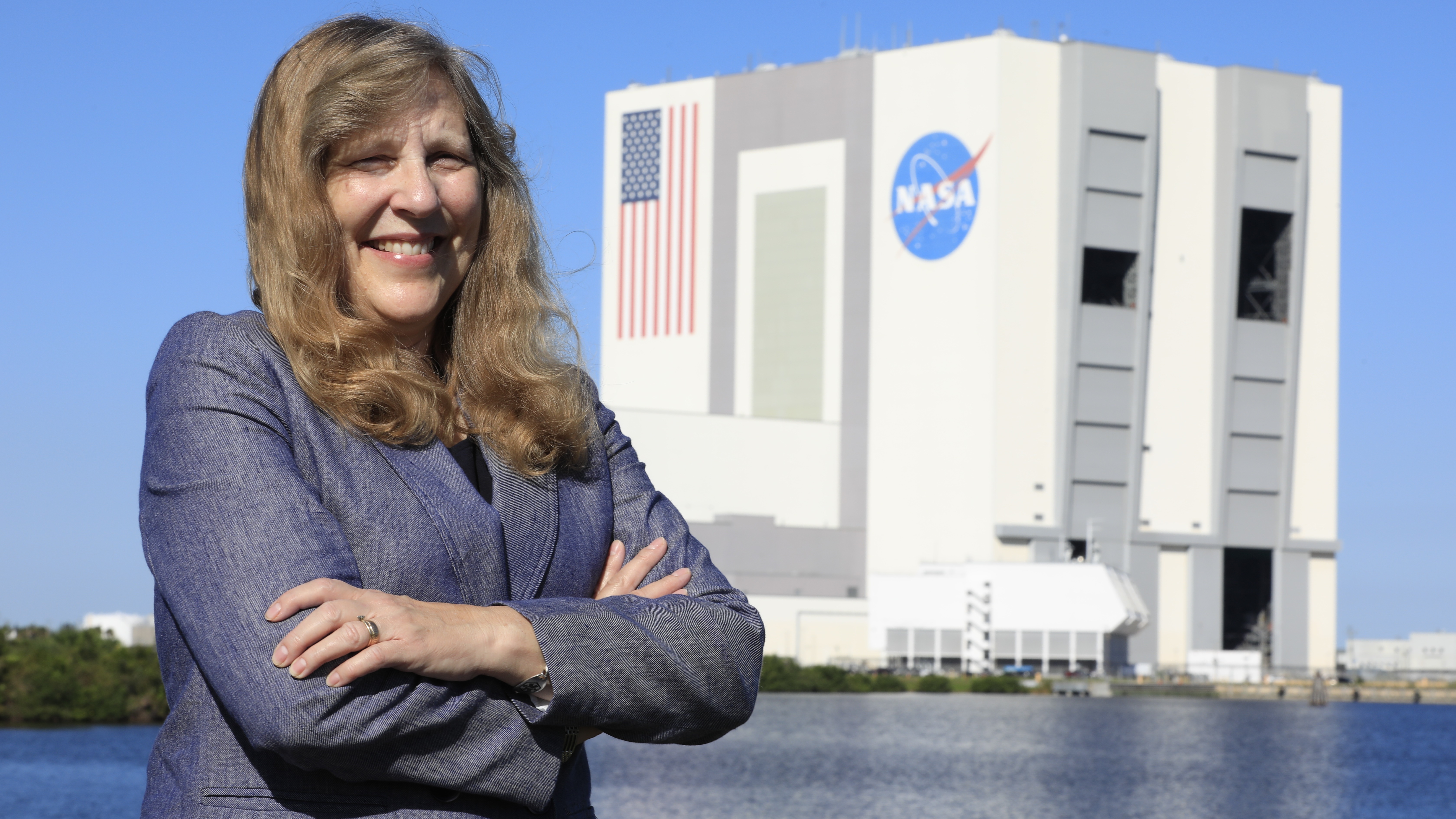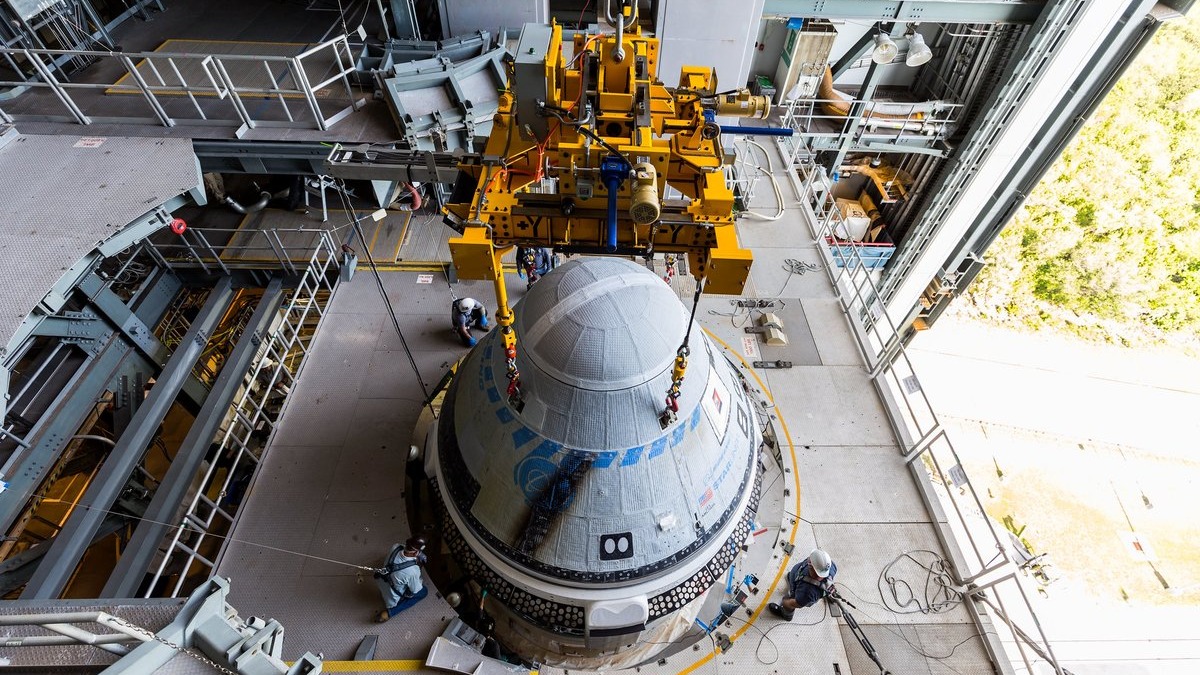Starliner's Mission Control team 'very excited' for capsule's 1st-ever astronaut launch (exclusive)
"There's no shrinking violets in the group as far as safety and stuff."

Update, 9 p.m. EDT: Boeing Starliner's launch has been scrubbed due to a valve issue on the United Launch Alliance Atlas V rocket. Here is the link to our scrub story.
CAPE CANAVERAL, FLORIDA — When Boeing's Starliner capsule carries two astronauts to space tonight (May 6), at least 100 people in Mission Control will be on hand for support and guidance.
Tonight's mission, known as Crew Flight Test (CFT), will be the first-ever crewed liftoff for Boeing's Starliner spacecraft. CFT will send NASA astronauts Butch Wilmore and Suni Williams toward the International Space Station (ISS) at 10:34 p.m. (0234 GMT Tuesday, May 7) from Cape Canaveral Space Force Station here. You can watch it live here at Space.com, via NASA Television.
But not all the action is in Florida: Boeing and NASA are working together at the agency's Johnson Space Center in Houston to send this crew into space, marking the first time since the space shuttle era that a crewed spacecraft was controlled from Houston.
Among Starliner's vast support group is Teresa Kinney, the first-ever female chief engineer at NASA's Kennedy Space Center, on Florida's Space Coast. Kinney will sit as backup to Mission Control as a consultant for other engineers. While talented, some of the main controllers "jumped in late" compared to Kinney, she told Space.com. "So if you had a problem that they hadn't seen, or maybe some testing they hadn't been involved in, hopefully I can provide that continuity," she added.
Kinney has been working with NASA's Commercial Crew Program for years, mainly on the Starliner side; in fact, she has been on commercial crew since the days of the Constellation program. That was a Bush-era proposal from the early 2000s, later repealed, that also aimed to send astronauts to the moon and eventually Mars.
Get the Space.com Newsletter
Breaking space news, the latest updates on rocket launches, skywatching events and more!
Kinney said her role evolved as the Commercial Crew Program did, as the hardware matured and testing continued. Contracts were first awarded in 2010, and both SpaceX and Boeing were selected in 2014 as the first commercial crew vendors to send astronauts to space.
"You never know what you don't know when you start developing hardware and doing tests and stuff," Kinney told Space.com at KSC. "As I started out, we are setting up verifications and asking, 'What is this thing going to look like? How are we going to do tests and analysis?' "
Models were complicated, as multiple partners were involved, including Boeing, NASA and United Launch Alliance (which is launching CFT with its Atlas V rocket). And both SpaceX and Boeing have experienced technical issues with their programs — involving parachute systems, for example — that had to be addressed as their spacecraft evolved.

Starliner, Kinney acknowledged, has had to deal with more issues than SpaceX's Dragon: The first Starliner flight to ISS failed to reach its destination in 2019 due to software glitches, although the follow-up uncrewed effort in 2022 got there after fixes were implemented. New issues were found in 2023 that further pushed back CFT, including with the parachutes and with flammable tape found wrapped around capsule wiring.
"The vehicle was actually a good design, but the problem is that it was a paper design," Kinney said. SpaceX, she pointed out, had a head start on its Crew Dragon spacecraft, as the company was already flying a cargo Dragon variant on robotic resupply missions to the ISS before launching its first crewed test flight in 2020. SpaceX has sent 11 other crews to ISS since then.
Boeing, by contrast, "literally was doing something new" with Starliner, she said. The company was working to leverage what it knew from past programs; Boeing was the prime contractor for the ISS, for example, and also builds the core stage for NASA's Space Launch System megarocket, which successfully launched the uncrewed Artemis 1 mission toward lunar orbit in late 2022.
But new lessons had to be learned as Starliner took on its first steps in space. Kinney said the questions that arose there are similar to what she has encountered in other programs: "You go, 'Well, what do I have to change? What should I change?' And so that was a lot of what they were doing."
Kinney cautioned that she cannot speak for everybody in Mission Control, but the folks she spoke with "are very excited" to see CFT get off the ground. The teams have "scrubbed through all their systems" to get ready for key flight review milestones ahead of liftoff, and continue to do preparations and simulations to get the astronauts safely off the ground.
"I love it when you work with a team that is so focused on the right things," Kinney said. "There's no shrinking violets in the group as far as safety and stuff. So I think it's going to be as good as we can can make it."
Join our Space Forums to keep talking space on the latest missions, night sky and more! And if you have a news tip, correction or comment, let us know at: community@space.com.

Elizabeth Howell (she/her), Ph.D., was a staff writer in the spaceflight channel between 2022 and 2024 specializing in Canadian space news. She was contributing writer for Space.com for 10 years from 2012 to 2024. Elizabeth's reporting includes multiple exclusives with the White House, leading world coverage about a lost-and-found space tomato on the International Space Station, witnessing five human spaceflight launches on two continents, flying parabolic, working inside a spacesuit, and participating in a simulated Mars mission. Her latest book, "Why Am I Taller?" (ECW Press, 2022) is co-written with astronaut Dave Williams.









